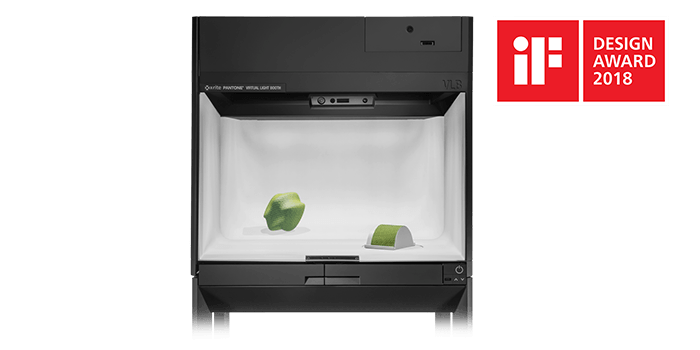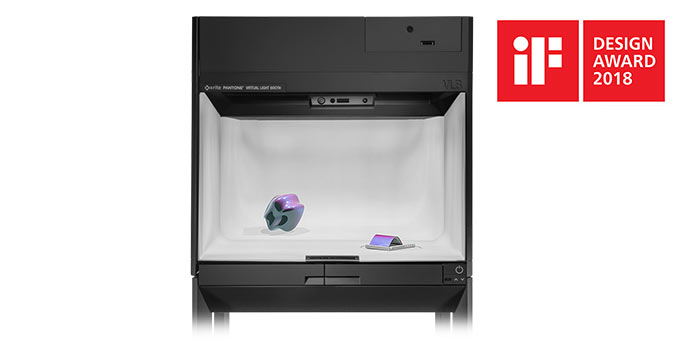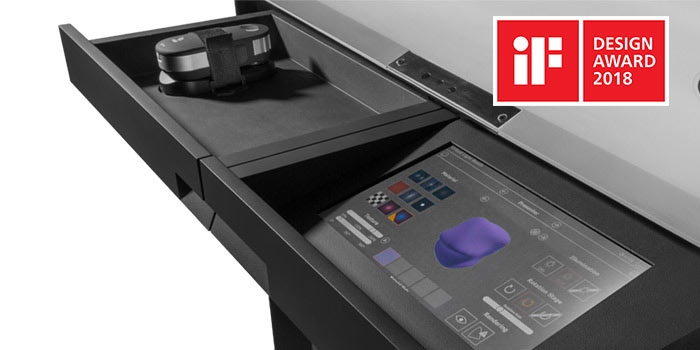Immersive 3D Visualization Environment for Evaluating Material Appearance
As companies transition to digital manufacturing processes, there is a growing need for physically precise virtual designs that represent the true appearance of the final product. To date, CAD and rendering software solutions have been limited in their ability to visualize physical appearance characteristics such as texture, gloss, transparency and opacity. The Total Appearance Capture Ecosystem and Virtual Light Booth (VLB) make it possible to capture and verify the true appearance of a material in a digital environment.
The Virtual Light Booth enables accurate, side-by-side visualization and comparison of 3D digital material renderings with physical material samples under the exact same perceptual conditions – from illumination to contextual to observational factors. With the VLB, design teams can easily vary these conditions to see changes in material performance. As a result, designers can make more informed material selections and reduce approval times and improve product quality.
Benefits
- Compare digital material samples directly with physical materials. Integrated camera-based sensors, spectrophotometers and colorimeters, accurately visualize and evaluate materials, ensure material consistency for quality assurance.
- Assess samples under accurate lighting conditions. Ambient light measurement compensates for lighting around the VLB, generating accurate controlled lighting conditions in any environment. This frees the user to adjust, view and compare digital and physical samples under controlled spot and diffuse lighting conditions.
- View from multiple angles. Motion and facial tracking adjusts the virtual representation as a person’s viewing angle changes, ensuring accurate evaluation of materials that use special-effect pigments—whose color and appearance change based on the viewing angle.
With this unique, immersive 3D experience, designers can make more informed material selections, reduce approval cycles, improve product quality and accelerate time-to-market.



